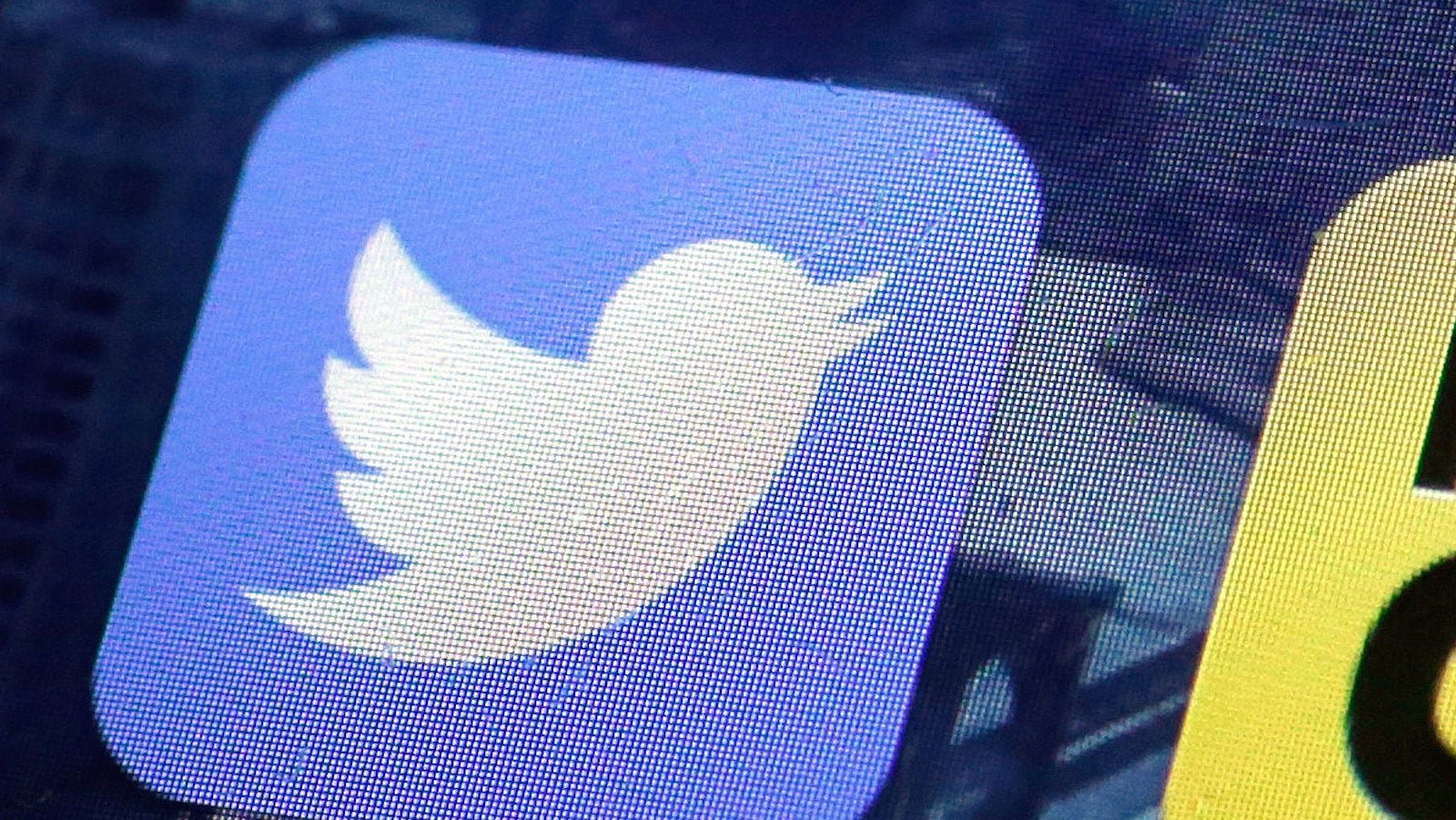The 10th anniversary of the hashtag is a reminder that Twitter’s best features came from outside the company
Ten years ago this week, designer and entrepreneur Chris Messina suggested to Twitter that it start using hashtags to distinguish between groups and topics:


Ten years ago this week, designer and entrepreneur Chris Messina suggested to Twitter that it start using hashtags to distinguish between groups and topics:
Twitter, of course, eventually took Messina’s suggestion, and although the idea didn’t come from within the company, hashtags are now one of the platform’s most distinctive features. And, in fact, it isn’t the only iconic piece of Twitter that came from a third party. Here, in honor of the hashtag’s 10th anniversary, we’ve made a list of features that are closely associated with Twitter but originated somewhere else.
The hashtag
Before being adopted by Twitter, the hash symbol was more commonly referred to as the “pound sign” or “number sign,” and its use on the early internet was primarily on chat services like IRC, where it was combined with descriptive names, or tags, to organize groups.
When Messina first made his suggestion, the company wasn’t exactly on board. “[Twitter] told me flat out, ‘These things are for nerds. They’re never going to catch on,'” Messina told the Wall Street Journal in 2013.
Twitter eventually came around to the idea, and many other platforms followed suit. Now referring to the symbol as anything but a hash is a surefire way to age oneself as an #old. (The official name of the symbol, by the way, is the octothorpe.)
The word “tweet”
When Twitter first launched in 2006, it referred to posting a status update as “twittering.” According to a blog post by Craig Hockenberry, the developer of third-party Twitter client Twitterrific, it was during his development process that the issue came up.
“As I started to implement the user interface, it was clear that nouns and verbs were needed,” Hockenberry wrote. “Menu items with labels like ‘Post a Twitter Update’ were both wordy and boring. And as someone who loves language, using a phrase like ‘Refresh Twitterings’ made the hairs on the back of my neck stand up.”
Hockenberry began using the word “twit” in the Twitterrific app, but said it still felt awkward.
The idea to change the word “twit” to “tweet” came from software engineer Blaine Cook, who was working at Twitter at the time, but made the suggestion in his capacity as a beta tester for Twitterrific.
“How about changing ‘twit’ to ‘tweet’ – the ‘official noun’ is ‘Twitter Update’, but that’s boring…?” he wrote in an email.
Hockenberry quickly made the change, and said in his blog post that the “about” page on Twitterrific’s website was the first place the word tweet “appeared on the Internet in reference to something you do on Twitter.”
That was in early 2007, and Twitter didn’t embrace the term until the following year. This wasn’t the only Twitterrific creation that eventually made its way onto Twitter. In fact, all of the following items on this list were originally conceptualized by Hockenberry and his team.
The bird icon
It’s nearly impossible to think of Twitter in 2017 and not associate it with a bird. But that association didn’t exist before Twitterrific created its first logo. The third-party app’s logo was a blue bird designed by David Lanham, a designer who worked with Hockenberry at Icon Factory.
“We didn’t know it at the time, but this is also the moment when a bird became synonymous with Twitter,” Hockenberry wrote on his blog. “Prior to that point in time, Twitter’s only identity was a logotype.”
It wasn’t until after the appearance of Twitterrific’s blue bird that Twitter used a bird silhouette as its main logo.
Character counting, clients, and replies
In addition to the word “tweet” and the bird icon, Twitterrific was responsible for several other firsts, as Hockenberry listed on his website:
First native client on Macintosh.
First character counter as you type.
First to support replies and conversations (in collaboration with Twitter engineering.)
First native client on iPhone.
And while it’s unusual for so many of a brand’s unique characteristics to come from third parties, it’s important to keep in mind that Twitter often worked closely with Twitterrific, and was innovative in creating a robust enough API that clients like Twitterrific could exist and build on that groundwork. More than that, although Twitter initially balked at Messina’s idea, at least the company was listening and eventually saw its value. And when Hockenberry and his team began innovating, Twitter wasn’t above recognizing that some of the app’s ideas were better than its own.
With all that said, we here at Quartz very much hope that Hockenberry will soon add functionality to Twitterrific that allows users to edit tweets after they’re posted, and to be sure to forward the idea along to Twitter.
#boom